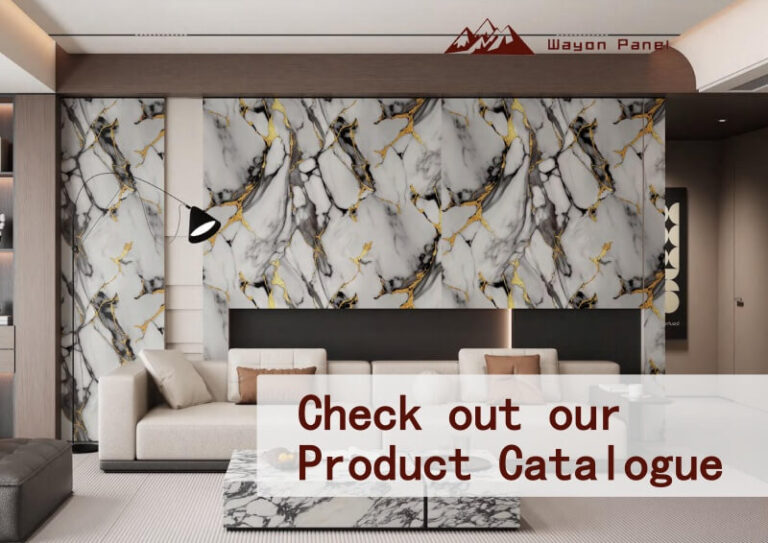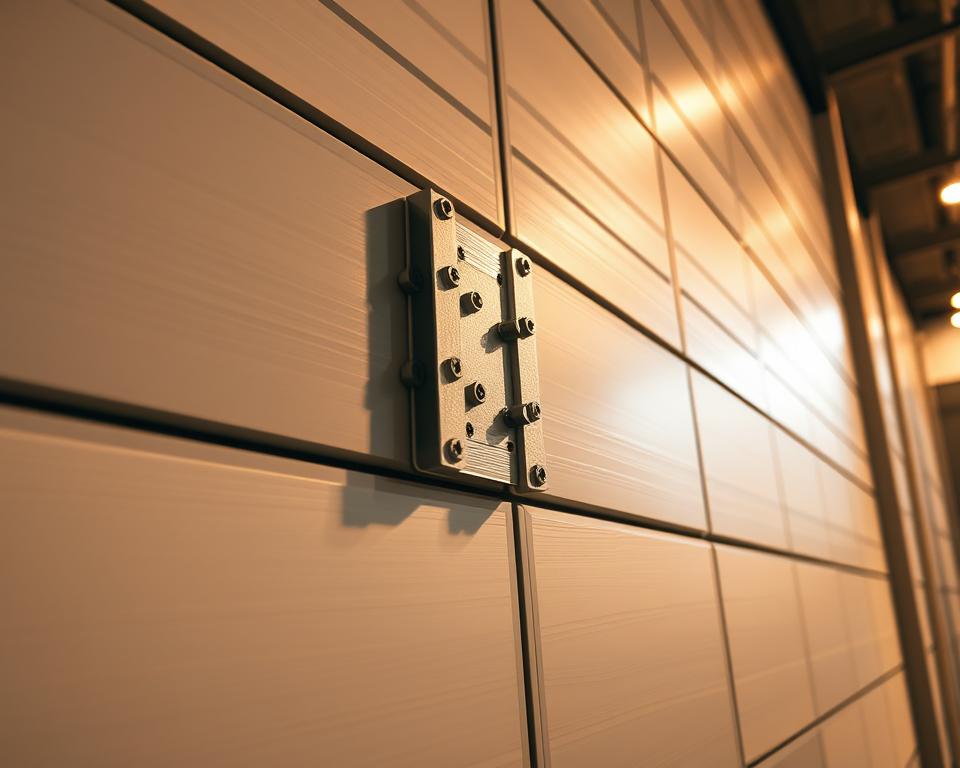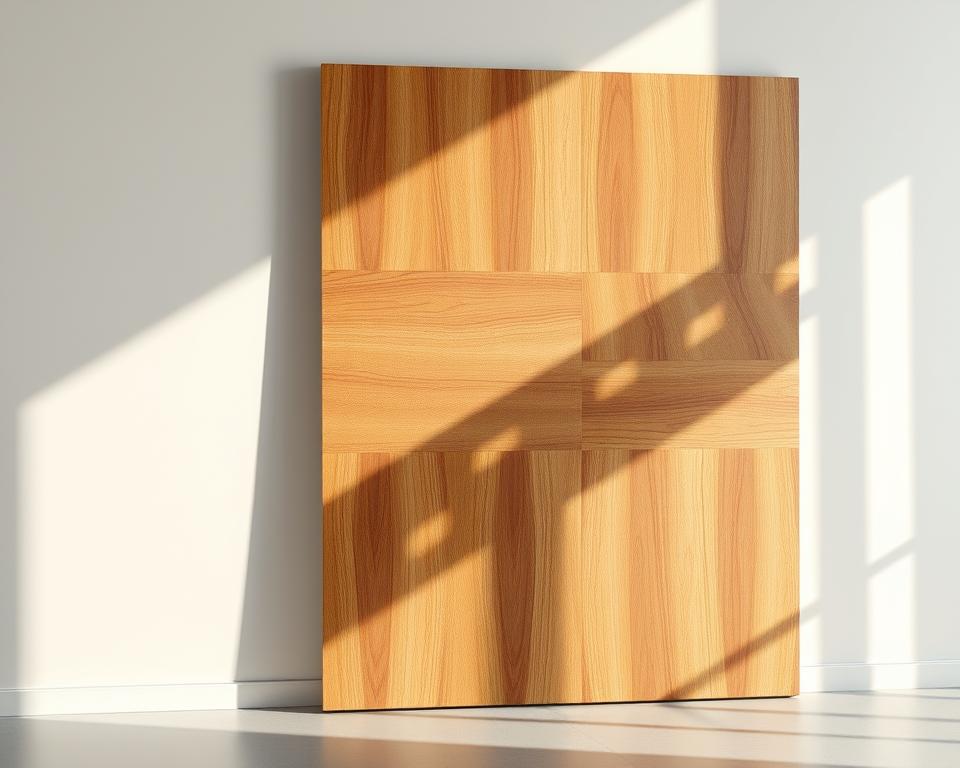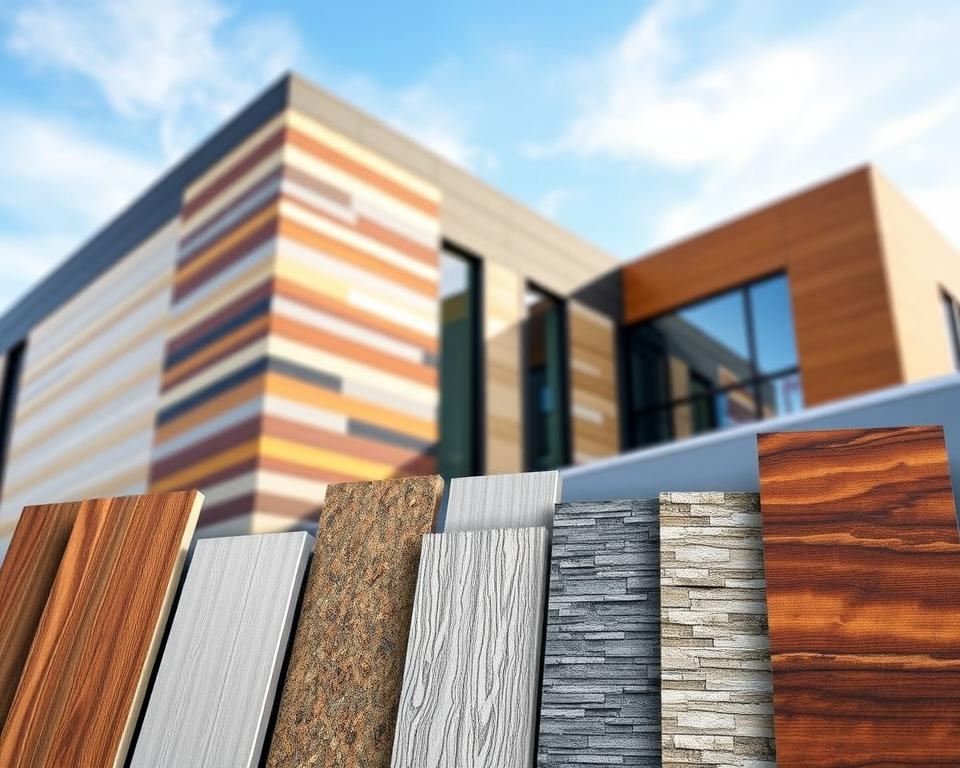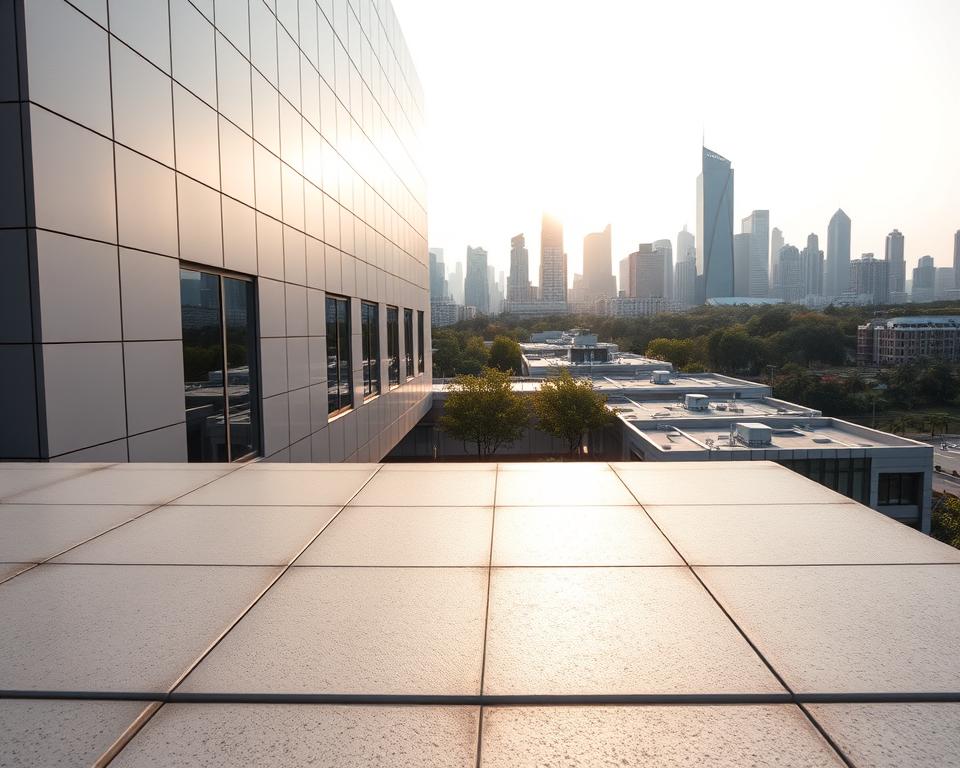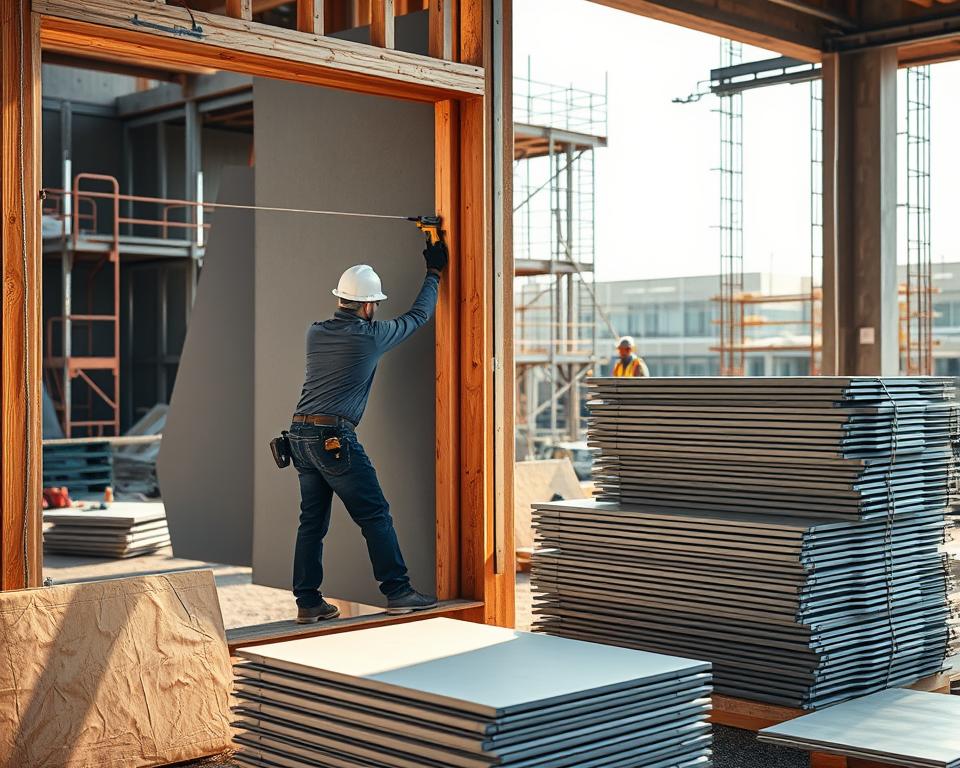Selecting the right partner for exterior cladding projects requires careful evaluation of production standards and material integrity. Modern alternatives to conventional wood products blend recycled plastics with natural fibers, creating weather-resistant surfaces that maintain aesthetic appeal for decades. These solutions have become popular for both homes and commercial spaces due to their low maintenance needs and resistance to rot or insect damage.
Superior construction products rely on advanced manufacturing techniques and rigorous testing protocols. Leading suppliers invest in third-party certifications and transparent quality assurance processes, ensuring consistent performance across batches. This attention to detail matters because even small variations in material composition can affect a structure’s longevity.
Builders and property owners should prioritize companies that demonstrate environmental responsibility without compromising durability. The best options use high percentages of post-consumer plastics while maintaining structural strength. Look for suppliers who provide detailed documentation about their production methods and stress-test results.
Understanding these factors helps create buildings that withstand harsh climates while reducing long-term maintenance costs. Proper material selection directly impacts project timelines, budgets, and overall satisfaction for years after installation.
Overview of the Composite Wall Panel Product Roundup
Builders today have access to a diverse range of exterior solutions designed for longevity and style. The WPC sector has grown by 18% annually since 2015, driven by demand for materials that resist warping and fading. This roundup evaluates 20 global suppliers who excel in blending recycled plastics with wood fibers for high-performance surfaces.
Introducing Innovative Building Materials
Modern WPC solutions outperform traditional options through advanced polymer blends. These materials maintain structural integrity in extreme temperatures while mimicking natural wood textures. Leading producers use up to 95% recycled content without compromising screw-holding strength or load-bearing capacity.
Key Features and Benefits of Composite Wall Panels
The evolution of exterior materials has introduced options that excel in both durability and sustainability. These engineered solutions combine recycled plastics with wood fibers, creating surfaces that outperform conventional alternatives. Their growing popularity stems from a unique ability to address multiple construction challenges simultaneously.
Durability, Low Maintenance, and Cost Efficiency
High-density polyethylene (HDPE) forms the backbone of these innovative surfaces. When blended with 55% wood powder and specialized additives, the result resists moisture damage and insect infiltration for decades. Unlike natural wood, they won’t warp or splinter under intense sunlight.
Property owners save significantly over time since these surfaces need no annual staining or sealing. A 2023 industry study showed maintenance costs drop by 78% compared to traditional options. Installation efficiencies further reduce labor expenses, with many systems using click-lock mechanisms instead of complex fasteners.
Environmental Advantages and Sustainable Design
Manufacturers now prioritize circular production methods, using up to 95% post-consumer plastics. This approach diverts waste from landfills while maintaining structural integrity. One leading brand’s formula contains recycled milk jugs equivalent to 450,000 containers per production run.
Third-party certifications like GREENGUARD validate low VOC emissions and sustainable sourcing. These credentials help projects qualify for LEED points while delivering visually appealing finishes. As one architect noted: “The combination of eco-credentials and design flexibility makes this material category indispensable for modern builds.”
Inside the Composite Wall Panel Manufacturer Selection Process
International Certifications and Standards
Global certifications act as unbiased quality indicators. The table below shows key benchmarks for material performance:
| Certification | Focus Area | Key Requirement |
|---|---|---|
| CE Mark | Safety Compliance | Meets EU construction standards |
| FSC | Sustainability | Ethical wood sourcing |
| INTERTEK | Durability | 25-year weathering tests |
| TEC | Fire Safety | Class B1 flame resistance |
Over 78% of US contractors now require these credentials. They ensure products meet regional building codes and environmental regulations. Suppliers with multiple certifications typically export to 40+ countries, proving their adaptability.
Regular audits keep companies accountable. Third parties inspect factories quarterly, verifying recycled material percentages and emission controls. This transparency builds trust in WPC solutions for critical projects.
Design and Aesthetic Excellence in Composite Wall Panels
Architectural surfaces now balance visual appeal with engineered resilience, transforming building exteriors into lasting statements. Modern solutions offer textures ranging from smooth sanding to deep wood grain patterns, available in earthy tones like teak, coffee, and dark gray. Brands like Shanghai Unifloor showcase how rich color palettes and standardized sizing (219mm x 28mm) simplify design coordination across projects.
Customization Options and Wood Grain Effects
Builders can select from 12+ surface profiles that mimic cedar, mahogany, or contemporary abstract designs. Advanced co-extrusion techniques layer protective coatings over core materials, preserving intricate textures while blocking UV damage. “We’ve eliminated the trade-off between authentic looks and practical performance,” notes a Unifloor design engineer.
Modern Trends in Wall Cladding Design
Horizontal and vertical installation patterns create dynamic facades that adapt to architectural styles. Fade-resistant pigments maintain color consistency through seasonal shifts, with third-party tests showing 95% hue retention after decade-long exposure. This durability allows designers to use chocolate brown or light gray tones without fearing weather-related discoloration.
Current trends emphasize multi-functional systems combining concealed fasteners with interlocking edges. These innovations enable faster installations while maintaining the clean lines preferred in modern commercial and residential projects.
Durability Insights: Long-Lasting Composite Wall Panels
Modern construction demands materials that endure harsh conditions while maintaining structural integrity. WPC solutions excel in outdoor use, combining engineered polymers with wood fibers to outperform traditional options. Many products now carry 10-20 year warranties, reflecting confidence in their ability to resist bending, breaking, and environmental wear over time.
Resistance to Weather and Environmental Factors
These panels withstand temperature swings from -40°F to 160°F without warping. Their moisture-blocking design prevents swelling or rot in rainy climates. UV inhibitors protect against sun damage, preserving color vibrancy for decades.
Key advantages include:
- Zero maintenance compared to wood’s annual sealing needs
- Fire-retardant properties meeting Class B1 safety standards
- Impact resistance reducing damage from hail or debris
Extended warranties now cover 20+ years for premium lines, with some manufacturers offering prorated replacement guarantees. This shift reflects improved material science and rigorous quality control measures throughout production.
Innovations in Composite Materials and Construction Methods
Material science breakthroughs are redefining exterior construction possibilities. Cutting-edge formulas now merge recycled plastics with organic fibers, creating surfaces that outperform traditional options. These advancements address critical needs for eco-friendly durability across residential and commercial projects.
Advancements in Wood-Plastic Composite Technology
Modern WPC production uses precise ratios of post-consumer plastics and wood byproducts. Our new extrusion systems achieve 99.8% material consistency, reducing waste while enhancing structural integrity. “Our latest formula integrates UV blockers directly into the polymer matrix,” explains a lead engineer at the company.
Key improvements focus on three areas:
| Feature | Traditional WPC | Advanced WPC |
|---|---|---|
| Recycled Content | 40-60% | 85-95% |
| Color Retention | 5-7 years | 15+ years |
| Load Capacity | 300 lbs/ft | 550 lbs/ft |
| Installation Speed | 25 sq ft/hr | 40 sq ft/hr |
Specialized additives now combat moisture absorption and thermal expansion. These enhancements allow wood plastic materials to maintain dimensional stability in extreme climates. Builders report 30% faster installations due to improved interlocking systems.
The shift toward circular manufacturing models benefits both budgets and ecosystems. One facility repurposes 2.3 million milk jugs daily into high-performance building materials. This approach reduces landfill contributions while meeting rigorous durability standards.
Installation Guidelines and Best Practices
Proper installation techniques transform durable materials into long-lasting exterior solutions. Following manufacturer-recommended methods ensures surfaces maintain their structural integrity and visual appeal for decades. Standard carpentry tools and basic DIY skills can achieve professional results when paired with strategic planning.
Timber Stud Preparation and Panel Attachment
Begin by inspecting timber frames for moisture content below 15% to prevent warping. Use corrosion-resistant screws spaced 16 inches apart vertically, allowing 1/8-inch gaps between panels for thermal expansion. A Florida contractor notes: “Pre-drilling pilot holes eliminates splitting and ensures flush alignment across the entire wall surface.”
| Step | Traditional Approach | Modern Best Practice |
|---|---|---|
| Spacing | 1/4-inch gaps | 1/8-inch expansion joints |
| Fastening | Nails every 12 inches | Screws at 16-inch centers |
| Cutting | Circular saw blades | Carbide-tipped blades |
Essential tools include:
- Laser level for precise alignment
- Moisture meter for substrate checks
- Impact driver with torque control
Finishing Touches for Seamless Results
Concealed trim systems hide fasteners while protecting edges from weather damage. Corner caps and transition strips create clean lines between different surfaces. For outdoor spaces, choose J-channel accessories that direct water away from vulnerable joints.
Post-installation care involves simple soap-and-water cleaning. This easy-clean maintenance preserves color consistency without specialized treatments. Always store 10% extra materials for future repairs to ensure color matching.
Market Trends, Pricing, and Global Insights
The global market for sustainable building materials shows significant shifts in pricing and availability. Buyers must navigate minimum order quantities and logistical challenges while securing cost-effective solutions. Understanding these factors helps projects stay on budget and schedule.
Competitive Pricing and MOQ Considerations
Minimum order requirements balance production efficiency with client needs. WPC decking typically starts at 200 square meters, while fencing systems require 100 linear meters. Bulk orders often unlock 12-18% discounts, making large-scale projects more economical.
Impact of Global Market Dynamics on Product Availability
Shipping routes and raw material costs directly affect delivery timelines. Most sea shipments take 30 days post-deposit, though some manufacturers expedite rail transport during peak seasons. Regional warehouses now stock 40% more products than in 2021, reducing wait times.
Free samples help buyers evaluate quality before committing to large orders. Customers cover shipping costs, which average $85-$120 depending on location. This approach minimizes risk while maintaining cash flow for producers.
Supply chain experts recommend ordering 10% extra materials to account for potential delays. “Projects succeed when timelines align with manufacturing realities,” notes a Houston-based project manager. Adapting to these dynamics ensures consistent access to premium WPC products worldwide.
Conclusion
Choosing exterior solutions requires balancing immediate performance with long-term value. Modern engineered materials deliver lasting protection while reducing environmental impact. Their ability to mimic natural aesthetics without constant upkeep makes them smart choices for residential and commercial projects alike.
Successful installations start with selecting suppliers who prioritize verified certifications over marketing claims. Leading producers combine recycled materials with precision engineering, ensuring surfaces withstand decades of sun, rain, and temperature swings. This approach transforms buildings into resilient assets rather than recurring maintenance projects.
As construction trends shift toward eco-conscious practices, these solutions set new standards for responsible design. Property owners gain durable protection that aligns with sustainability goals. The right choice today creates structures that remain visually appealing and structurally sound for generations.

